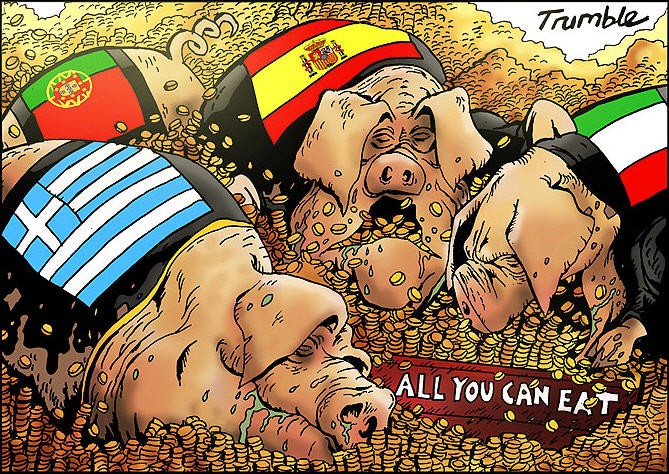Economic Indicators that Affect Gold Prices
Post on: 26 Апрель, 2015 No Comment

Economic indicators that affect gold prices help investors make buy and sell decisions. Investors have used commodities, e.g. gold, and commodities prices as economic indicators throughout history. In 1928, Roger Babson (Business Barometers for Anticipating Conditions) declared that commodities are a gauge of economic conditions.
Open a Gold Trading Account Here
Take advantage of the daily changes in the price of gold. Trade Gold Online with an online trading platform. You can begin trading with a live account or a free demo account.
According to Richard Yamarone (The Traders Guide to Key Economic Indicators, 2012), commodities prices as benchmarks for any economy predates the modern use of the word economics. Yamarone says that merchants in the Middle Ages practiced bullionism, and saved precious metals and commodities as a way to protect themselves against potential trading risks.
Inflation, crisis and gold price. The economy of the United States changed after the post-World War II manufacturing expansion to a service economy. Commodities prices correlate most strongly with countries focused on manufacturing activity, says Yamarone. Gold price has been in the economists toolbox for centuriesThis precious metal has been a safe haven during periods of crisis and has been provided investors with a widely accepted store of valueGold is a reasonably good indicator of inflationary expectations.
However, some economic indicators, e.g. CPI, dont mathematically correlate with golds implied crisis value. Extricating golds crisis value from its proxy as an inflation hedge is difficult. Recent debt and crises of uncertainty suffered by sovereign nations prompt central banks around the world to buy gold.
Dow/Gold ratio. When bullish trends for stocks and other liquid financial assets rise, investors tend to defer purchases of illiquid assets like gold. The dow/gold ratio attempts to determine the relative value of stocks and gold. Parity of the dow/gold ratio occurred in 1932 (during the Great Depression) and 1980 (at the close of the 1970s bear market). During a post-crisis rising stock market, gold price increased more than 40 percent over five years. History shows that gold price tends to rest against rising stock prices and rise quickly to outperform stocks during economic, national or international uncertainty.
Other economic indicators that affect gold price. According to The Economist, some investment analysts say that search engine search figures for gold price may actually predict gold price changes. For example, during the global financial crisis that started in 2008, the number of people searching for gold price increased. Gold prices didnt increase during the onset of global financial crisis but continued to rise over the next few years. The number of individuals searching for information about gold price decreased as economies improved. Historical performance concludes that buying and selling gold may reflect investor confidence and risk appetite.
Quantitative easing and gold price. Recent announcements by the Federal Reserve about systematic plans (quantitative easing) to repurchase U.S. government bonds has caused some investors to sell inflation hedge assets. However, the total international debt market has more than quadrupled in size since 1990, reports the International Bank for Settlements (IBS). The potential impact of rising interest rates and bond defaults remains to be seen.
Inflation measurement and gold price. Inflation, measured by Consumer Price Index (CPI)and Personal Consumption Expenditures Index (PCE), is broader than the financial impacts of the consumer marketplace. Producer Price Indices (PPI) and broader economic indicators, e.g. the GDP Deflator should be considered. Other indices, like the Employment Cost Index consider the costs assumed by employers to produce goods and services. International Price Indexes reflect the costs assumed by a global economy.














